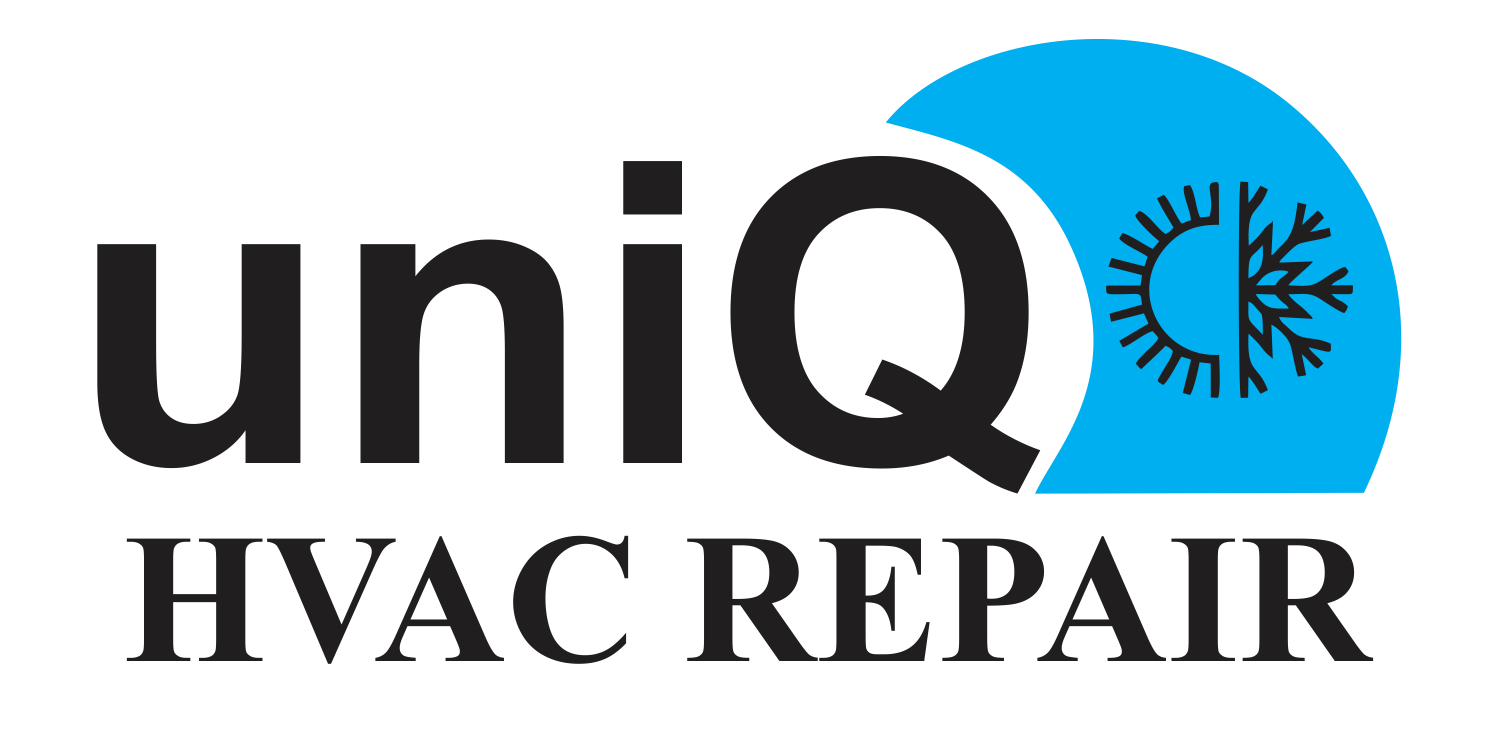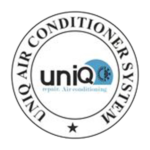Freon Recharge: The Essential Guide to AC Refrigerant Refilling
Maintaining the optimal performance of your air conditioning system is crucial for keeping your indoor environment comfortable, especially during scorching summer days. One critical aspect of AC maintenance is ensuring that the refrigerant, commonly referred to as Freon, is at the right level. Over time, your AC unit may lose some of its refrigerant, leading to decreased cooling efficiency and potentially costly repairs if not addressed promptly.
In this comprehensive guide, we will delve into the importance of Freon recharge, the signs that your AC needs it, the process involved, the costs associated, and some tips to help you maintain your AC system efficiently. Let’s explore how keeping your AC’s refrigerant at the proper level can ensure your comfort and save you money in the long run.
**Table of Contents**
1. **The Importance of Freon in Your AC System** (200 words)
– Understanding refrigerant and its role
– Why Freon levels decrease over time
– How insufficient Freon affects AC performance
2. **Signs Your AC Needs a Freon Recharge** (250 words)
– Insufficient cooling
– Increased energy bills
– Ice buildup on the evaporator coils
– Hissing or bubbling sounds
– Uneven cooling in different rooms
3. **The Freon Recharge Process** (300 words)
– Inspection and leak detection
– Recovering and recycling old refrigerant
– Measuring and adding the correct amount of Freon
– Pressure testing and performance check
– Sealing and reassembling the AC unit
4. **Costs Associated with Freon Recharge** (200 words)
– Factors influencing the cost
– Average prices for Freon refill
– Potential additional expenses (leak repair, service fees)
5. **DIY vs. Professional Recharge** (250 words)
– Safety considerations
– The importance of certification
– When DIY might be an option
– Risks and benefits of DIY recharge kits
6. **Preventing Future Freon Leaks** (200 words)
– Regular AC maintenance
– Promptly addressing issues
– Monitoring your AC system
– Professional inspections
7. **Environmental Concerns and Freon Alternatives** (150 words)
– The phase-out of R-22 Freon
– Transition to environmentally friendly refrigerants
– Benefits of using newer refrigerants
8. **Conclusion** (100 words)
– The significance of maintaining proper refrigerant levels
– The benefits of a well-maintained AC system
– The importance of professional expertise in Freon recharge
**1. The Importance of Freon in Your AC System**
Refrigerant, often known as Freon (though that’s a brand name), plays a vital role in your air conditioning system. It’s the lifeblood that enables your AC unit to cool your indoor space efficiently. When the air conditioner is running, the refrigerant cycles through a closed loop, absorbing heat from inside and releasing it outside. This process is what keeps your home or office cool and comfortable during hot weather.
Over time, your AC system may experience refrigerant loss due to various factors, including minor leaks and natural wear and tear. When the level of refrigerant drops below the optimal range, your AC’s performance suffers, and it can lead to various problems.
**2. Signs Your AC Needs a Freon Recharge**
Identifying when your AC system requires a Freon recharge is crucial for maintaining its efficiency and preventing further damage. Here are some common signs that signal your AC may be low on refrigerant:
**Insufficient Cooling:** If your AC doesn’t cool your space as effectively as it used to, it may be a sign of low refrigerant. You might notice that your home remains uncomfortably warm even when the AC is running.
**Increased Energy Bills:** A decline in cooling efficiency can cause your AC to work harder and consume more energy, resulting in higher utility bills.
**Ice Buildup on the Evaporator Coils:** When refrigerant levels are insufficient, the evaporator coils can become too cold, causing condensation to freeze on them. This ice buildup further reduces the unit’s cooling capacity.
**Hissing or Bubbling Sounds:** If you hear strange hissing or bubbling noises coming from your AC unit, it could indicate a refrigerant leak.
**Uneven Cooling in Different Rooms:** Low refrigerant levels can lead to uneven cooling, with some rooms feeling warmer than others.
If you observe any of these signs, it’s essential to address the issue promptly to avoid more significant problems and costly repairs down the line.
**3. The Freon Recharge Process**
When you suspect that your AC is low on refrigerant, it’s time to consider a Freon recharge. Here’s a step-by-step overview of the typical process:
**Inspection and Leak Detection:** A professional HVAC technician will begin by inspecting your AC system for any visible signs of refrigerant leaks. They may also use specialized tools like UV dye and leak detectors to identify leaks that aren’t immediately visible.
**Recovering and Recycling Old Refrigerant:** If a refrigerant leak is confirmed, the technician will recover any remaining refrigerant from the system. This refrigerant is typically recycled and not released into the atmosphere, as it can harm the environment.
**Measuring and Adding the Correct Amount of Freon:** The technician will then measure the amount of refrigerant needed for your specific AC system and add it accordingly. It’s crucial to add the precise amount to ensure optimal cooling performance.
**Pressure Testing and Performance Check:** After adding the refrigerant, the technician will perform pressure tests and check the system’s overall performance to ensure that it’s functioning correctly.
**Sealing and Reassembling the AC Unit:** Once the recharge is complete and the AC system is operating correctly, the technician will seal any access points and reassemble the unit.
It’s important to note that Freon recharging should only be performed by trained and certified professionals due to the potential safety hazards and environmental concerns associated with refrigerants.
**4. Costs Associated with Freon Recharge**
The cost of a Freon recharge can vary significantly depending on several factors:
**Factors Influencing the Cost:**
– **Refrigerant Type:** The type of refrigerant your AC system uses can impact the cost. Older systems often use R-22, which is more expensive due to its phase-out and limited availability. Newer systems typically use R-410A or other environmentally friendly alternatives.
– **Refrigerant Amount:** The amount of refrigerant required depends on the size and capacity of your AC system. Larger systems will require more refrigerant, which can increase the cost.
– **Labor Costs:** The cost of labor for the HVAC technician’s services can vary based on location and the complexity of the job.
**Average Prices for Freon Refill:**
– **R-22:** As R-22 is being phased out, its price has been steadily increasing. On average, you can expect to pay between $50 to $175 per pound of R-22.
– **R-410A:** This refrigerant is more readily available and costs less than R-22. Prices typically range from $20 to $70 per pound.
**Potential Additional Expenses:**
– **Leak Repair:** If a refrigerant leak is

 Please enter your name and phone number below, We will get back to you soon.
Please enter your name and phone number below, We will get back to you soon.